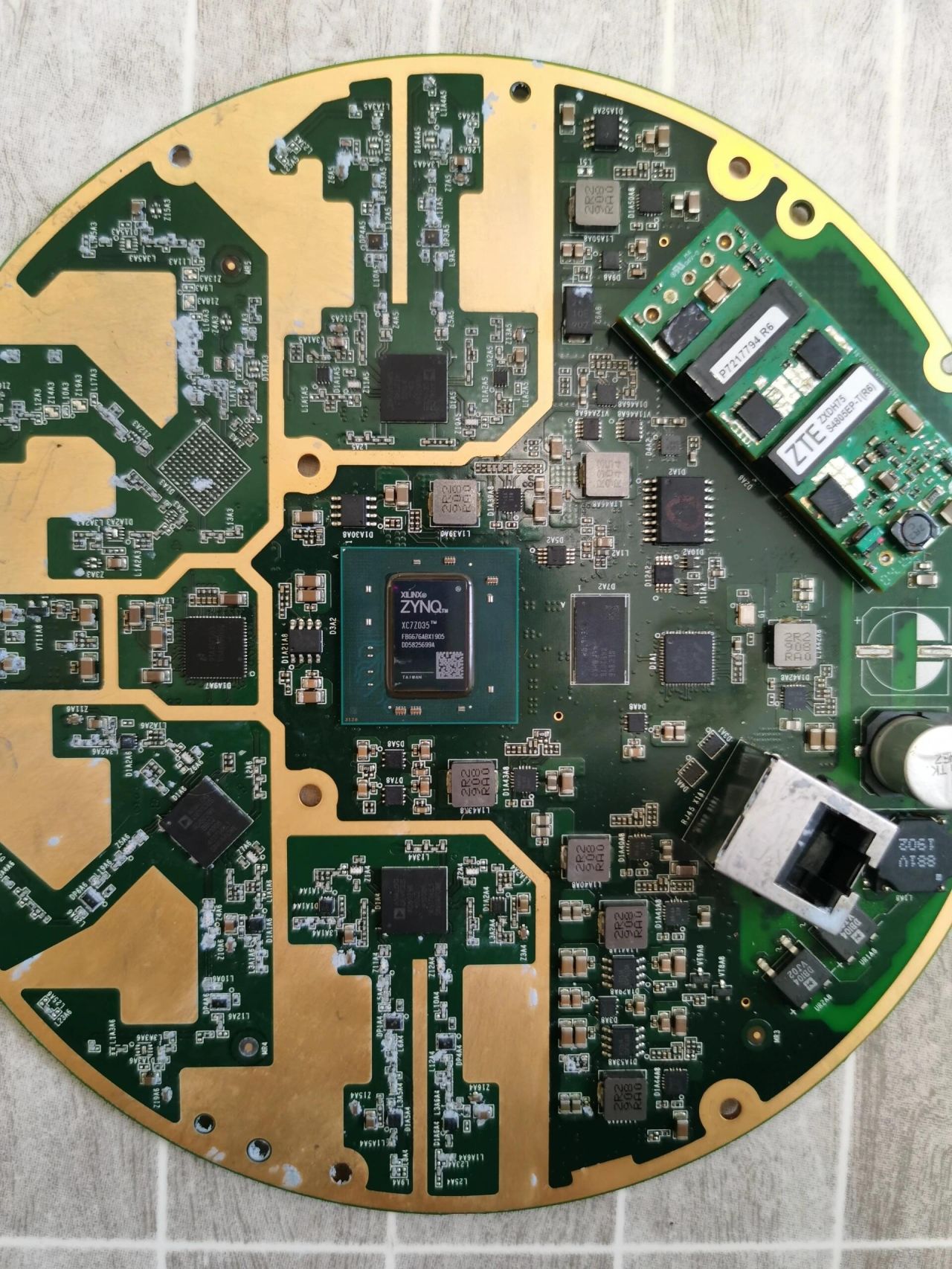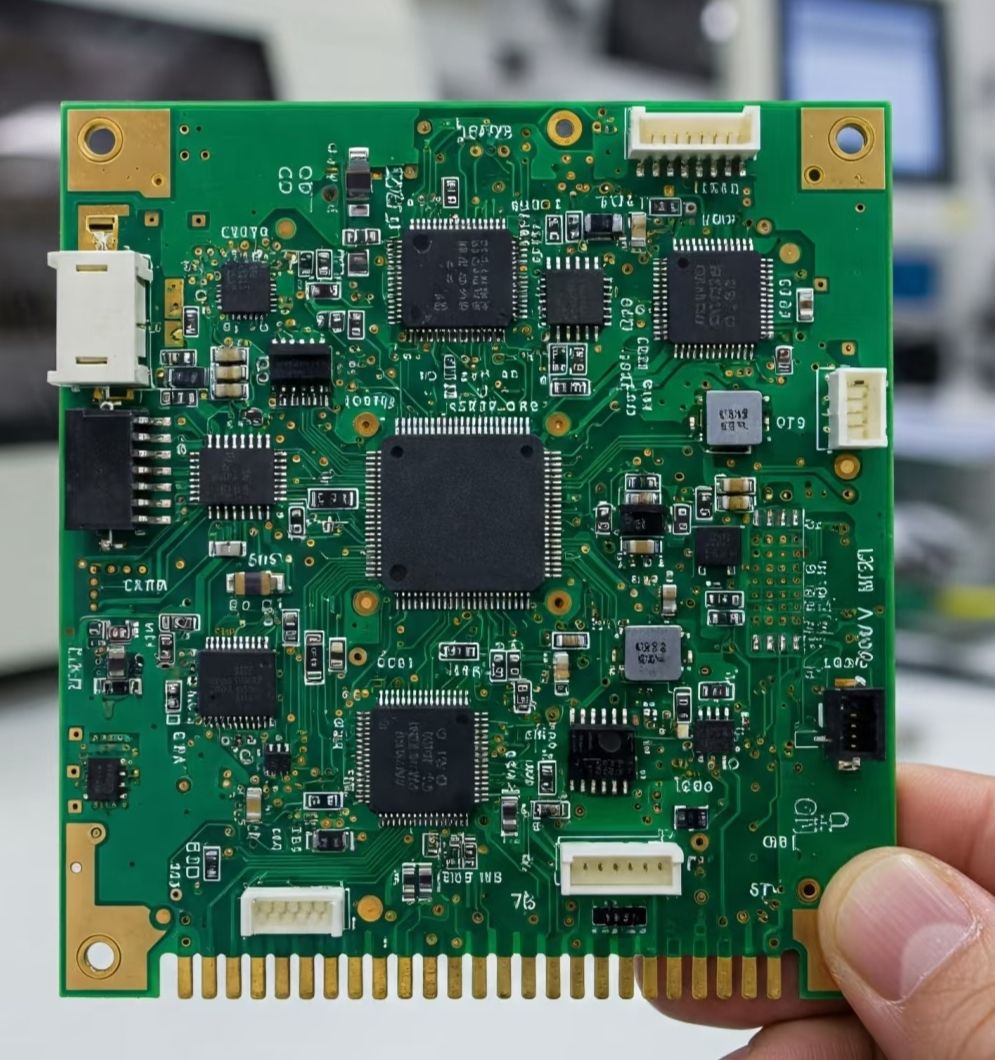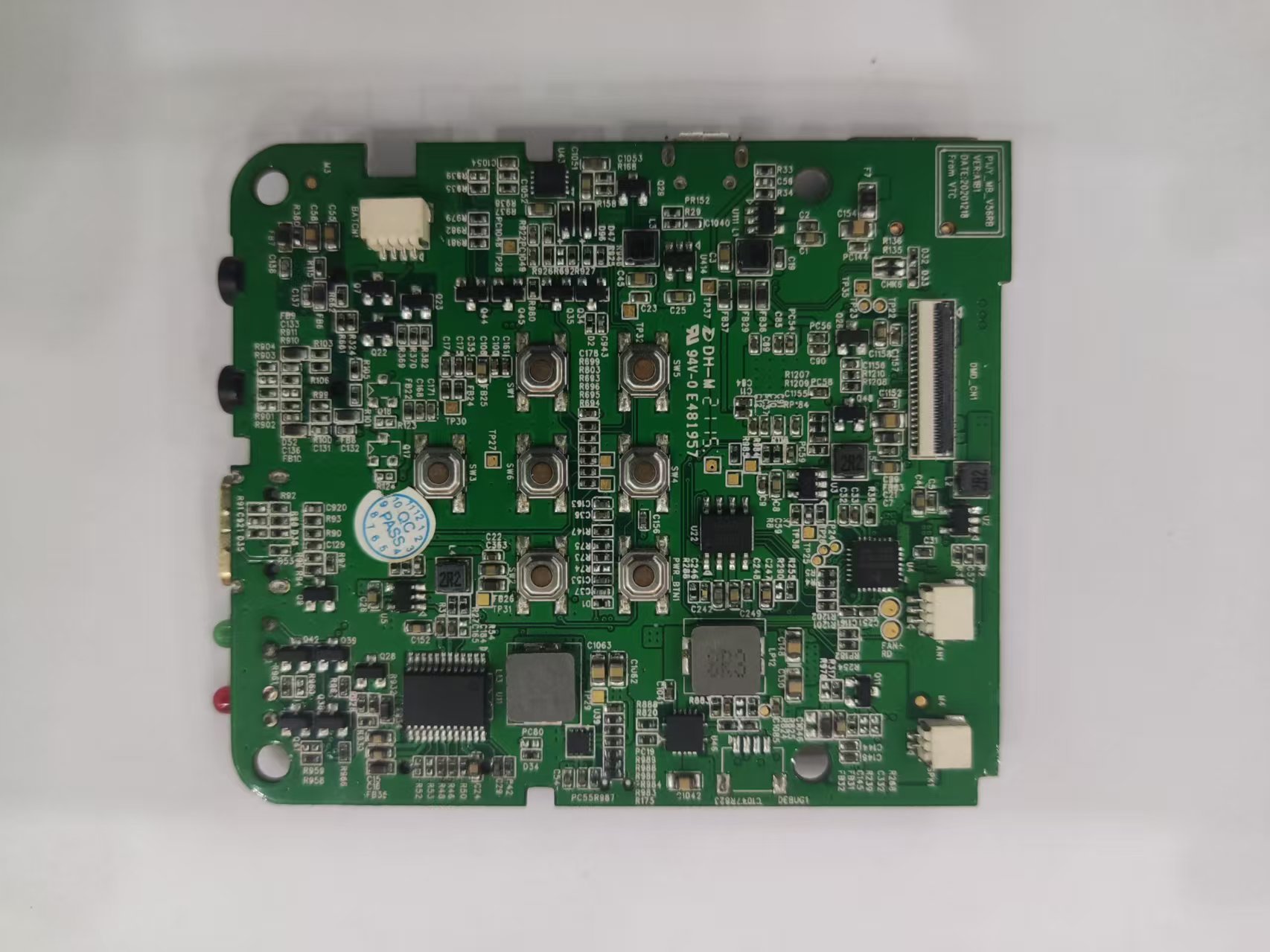News
All Tags
- All Tags
- Advanced PCB
- Backlit Membrane Switch
- BGA PCB
- Circuit Board Assembly
- company
- customized
- Design for Manufacturing Analysis
- design for manufacturing and assembly
- Double-layered PCBs
- Electronic Board Repair Service
- FPCs
- Graphic Overlay
- Graphic Overlay Panel
- how much does a PCB assembly cost
- How much to charge for PCB assembly?
- How PCB manufacturing process
- how to estimate PCB assembly
- how to improve PCB assembly process
- how to order PCB assembly
- how to quote PCB
- How to start a PCB manufacturing business
- Integrated Circuit programming
- JLC PCB Assembly
- Membrane keypad
- Membrane Panel
- Membrane Switch
- Membrane Switch Panel
- Metal core PCB
- Mil Spec Pcb
- PCB Assembly Bay Area
- PCB assembly quotes
- PCB Assembly Testing Service
- PCB components
- PCB design for manufacturer
- PCB Fabrication
- PCB manufacturing Europe
- PCB rework services
- PCB turnkey assembly
- Printed Circuit Board Assembly
- Printed circuit board news
- Products
- prototype assembly
- SMT PCB
- stencil PCB
- Tips & Tricks
- What is 4 Layers Hdi Rigid-flex Pcb
- What Is a 5g Pcb Board
- What is a PCB main assembly
- what is consigned PCB assembly
- what is PCB board assembly
- What is the PCB assembly process?
- why is PCB assembly so expensive?
- X-ray PCB
-
Key Technical Demands for Medical Device PCBs in 2025
24 Oct, 2025
In 2025, the core technical requirements for smedical device PCBs center on strict safety, high reliability, and rigorous regulatory compliance. As the demand for advanced smedical solutions accelerates, PCB manufacturers face increasing pressure to deliver innovative and dependable products. The global market for smedical device PCBs is projected to reach $6.1 billion by 2030, fueled by… Continue reading Key Technical Demands for Medical Device PCBs in 2025
Learn More -
Choosing Between Soldering Barrier Coating Types for Reliable Results
24 Oct, 2025
You want reliable results from your soldering barrier coating, but the right choice depends on your specific project. Many factors play a role in your decision. These include: Matching the coating to your needs helps you avoid common issues like oxidation, poor wetting, or peeling. Key Takeaways # Choose a soldering barrier coating based on your… Continue reading Choosing Between Soldering Barrier Coating Types for Reliable Results
Learn More -
How Battery FPC Connectors Power Today’s Wearable Technology
23 Oct, 2025
A Battery FPC connector helps connect a battery to a flexible circuit in a small device. You can see these connectors in wearables like fitness trackers and smartwatches. They help make devices thinner and lighter. This makes them more comfortable to wear. More people want small and powerful wearables now. Battery FPC connectors help make devices smaller… Continue reading How Battery FPC Connectors Power Today’s Wearable Technology
Learn More -
How to Ensure HDI Bare Board Quality with Standard and Advanced Testing Methods
23 Oct, 2025
You need both standard and advanced testing methods to ensure HDI bare board quality. Reliable HDI boards support high-performance electronics, so you cannot overlook strict quality demands. IPC standards, such as IPC-A-600 and IPC-6012, set clear rules for what makes a board acceptable. IPC Standard Description Key HDI Bare Board Requirements IPC-A-600 Visual and dimensional… Continue reading How to Ensure HDI Bare Board Quality with Standard and Advanced Testing Methods
Learn More -
How to connect FPC in place of traditional cables for better performance
23 Oct, 2025
Replacing traditional cables with FPC can make your device work better. FPCs are smaller and lighter than traditional cables. They help your device last longer and work more reliably. Many engineers notice fewer problems with connections after they replace traditional cables with FPC. You also get more room inside your device. This helps you make… Continue reading How to connect FPC in place of traditional cables for better performance
Learn More -
How to choose the right PCB and EMS solutions for smart home products
22 Oct, 2025
Imagine you want to make a new smart home device. You will face many problems when picking a good company to build it. You must check that your PCB / EMS Requirements for Smart Home Products fit your plans. Think about these common problems: You should find people with experience, good supplier networks, and clear talk.… Continue reading How to choose the right PCB and EMS solutions for smart home products
Learn More









